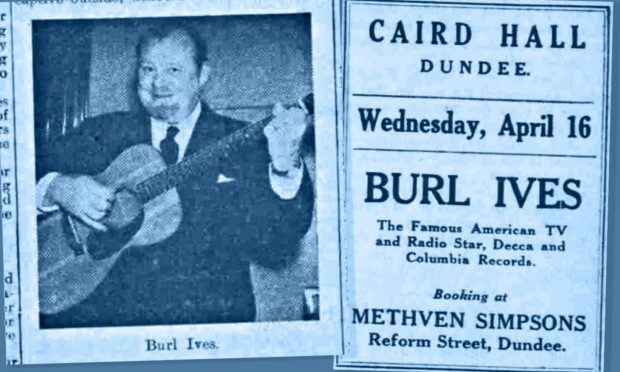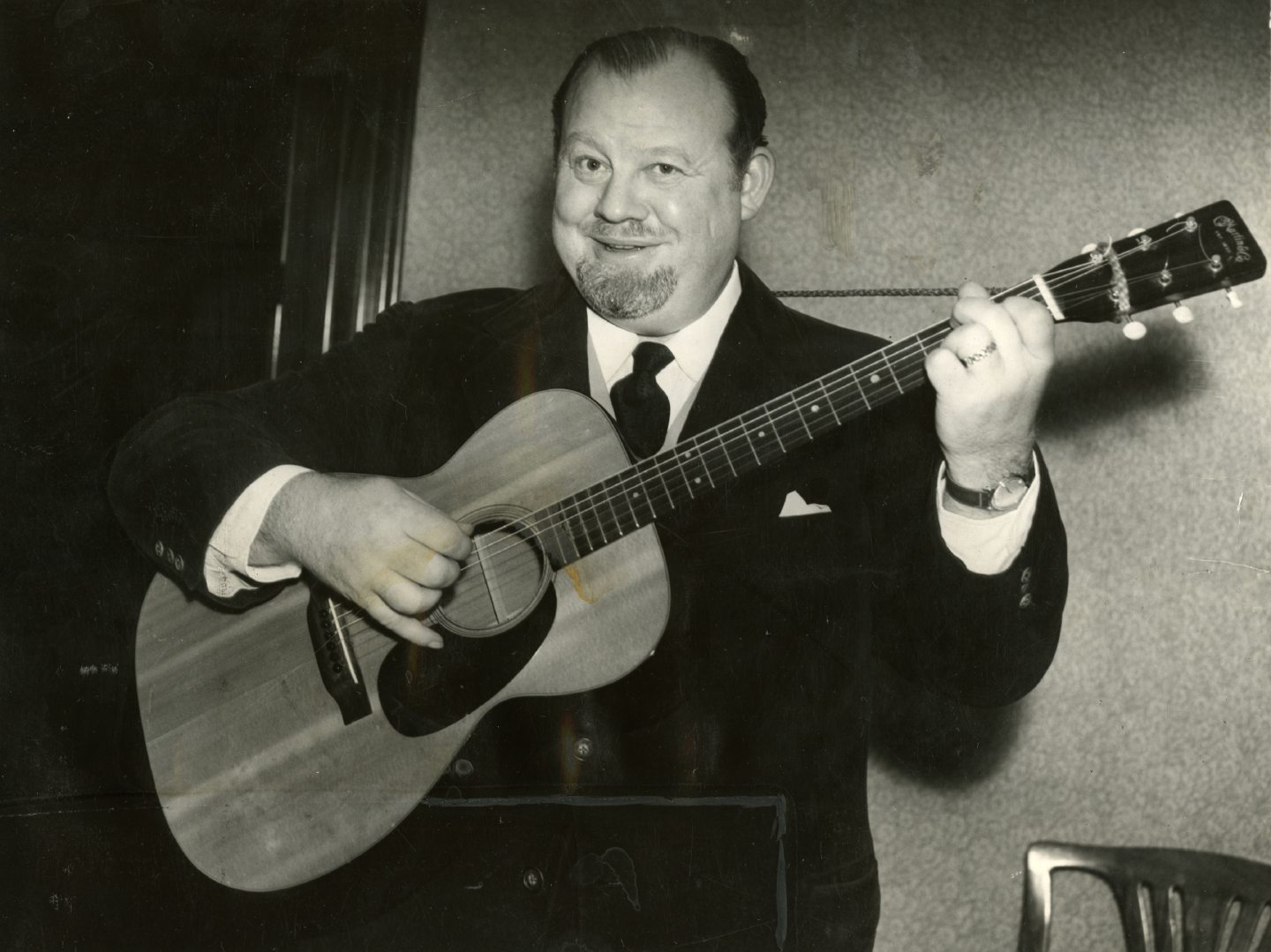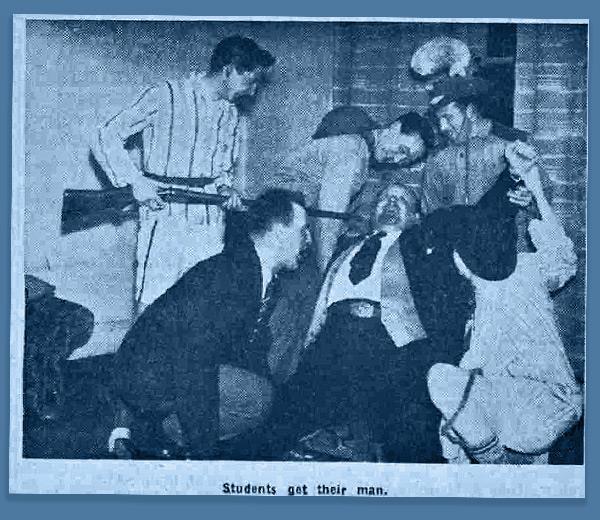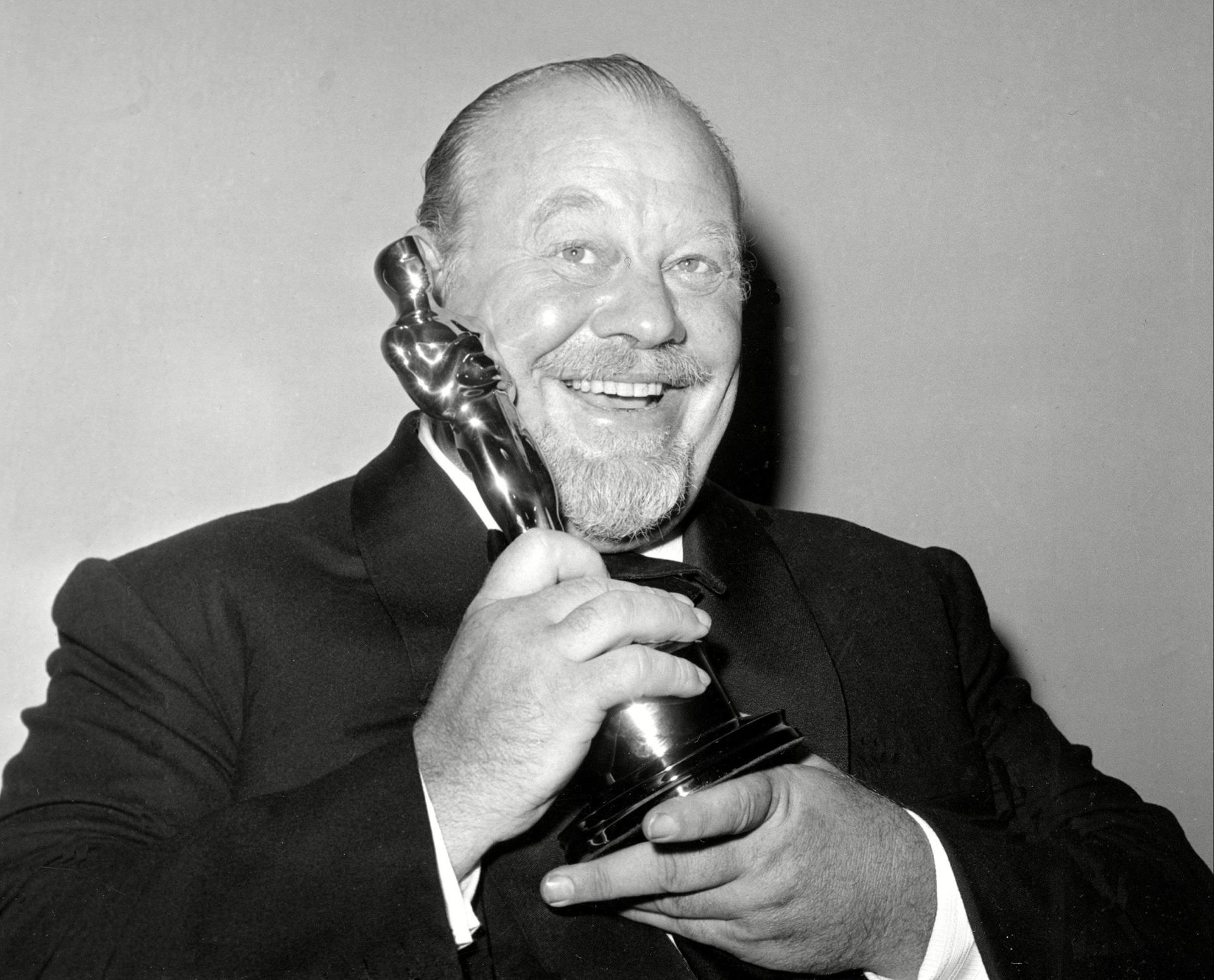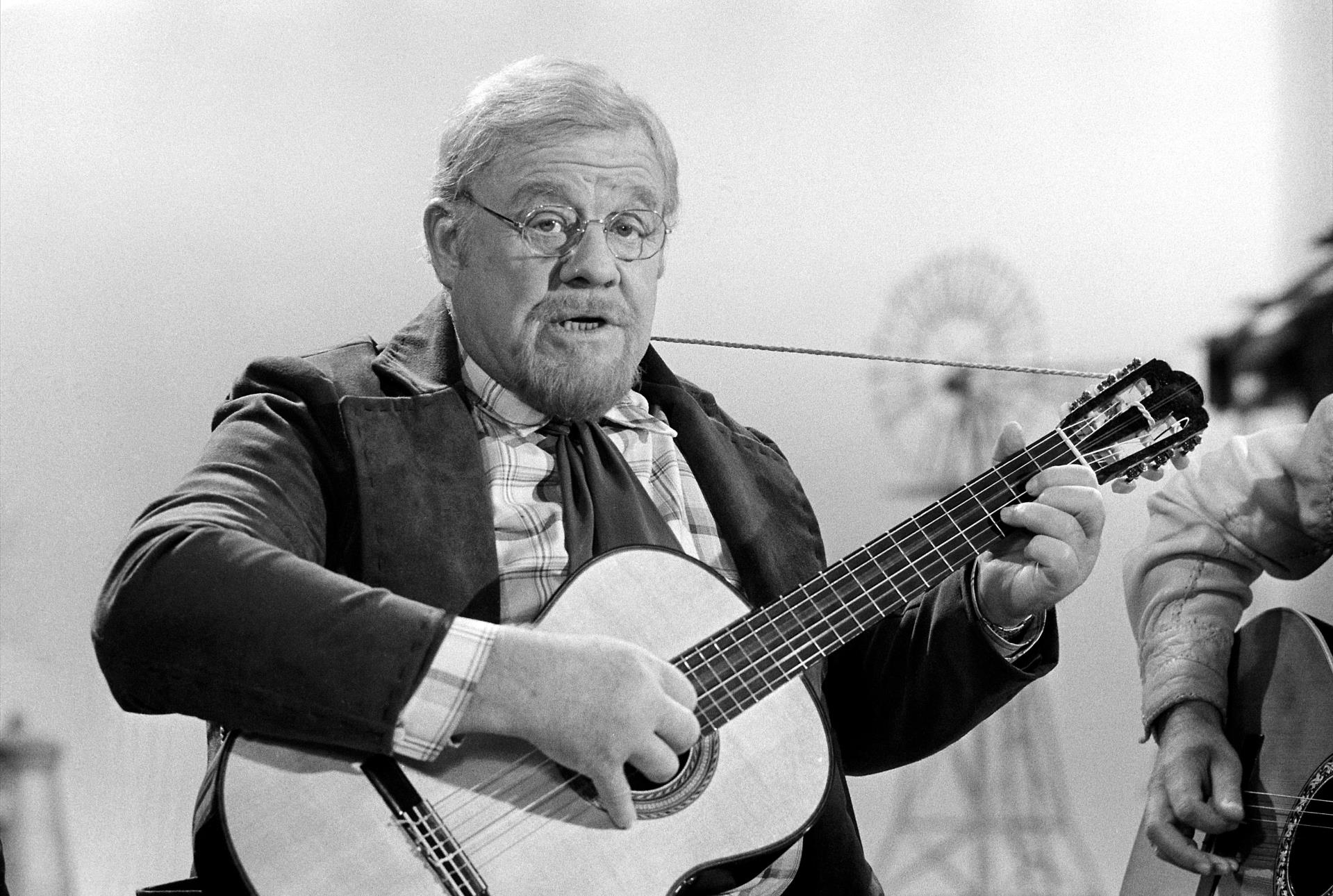Oscar-winning American actor and singer Burl Ives probably didn’t expect such an eventful end to his gig in Dundee on April 16 1952.
The singer was kidnapped by a dozen guys brandishing double-barrelled shotguns and put in a wheelbarrow before being bustled out of the venue.
The unconventional exit would go down in Caird Hall folklore!
But just who was Burl Ives and why was he kidnapped at gunpoint in Dundee?
Love of folk music
Born in Hunt, Illinois, on June 14 1909, Ives took to the road with his guitar in his youth and travelled widely, learning folk songs from hoboes and workers.
Along with his contemporaries Woody Guthrie and Pete Seeger he helped popularise American folk music.
In 1930 he dropped out of Eastern Illinois State Teacher’s College and began a trek that took him to 46 states, Canada and Mexico, collecting folk songs from the miners, cowboys and fishermen he met.
“My feet were itching,” he wrote in his 1948 autobiography.
“I did all right in the beginning of college but finally I was bored as hell. I grabbed my guitar and hit the road.”
At the same time, he gathered more songs for his repertoire.
Eventually, the vagabond balladeer landed in New York, settling in a rooming house on Riverside Drive near Columbia University at a weekly rental of $5.
Ives performed and worked odd jobs to bring in money while he studied classical music.
In 1938 he made his Broadway debut with a small non-singing role in Rodgers and Hart’s hit musical, The Boys from Syracuse.
Ives’ acting also seemed to give him more musical credibility, for by 1940, he had his own radio show, The Wayfaring Stranger, after one of his ballads.
Over the next decade, Ives popularised folk music and his bear-like frame, bearded face and smooth sound were familiar to millions around the world.
Ives made his film debut in So Dear to My Heart and the song Lavender Blue became his first hit in 1949 after being Oscar-nominated for Best Original Song.
Ives loved his Scottish ancestry
Ives was proud of his Scottish roots and held a deep affection for Scotland.
His great-grandparents were called McGregor and he performed in Dundee on April 16 1952 during a short visit to Scotland where he toured the Rob Roy district.
Ives arrived 45 minutes before his one-night only performance after visiting Callander and Balquhidder where he visited the grave of Rob Roy.
He commanded the audience with his “easy drawl” and “soothing guitar” and performed songs ranging from The Wee Cooper of Fife to Foggy, Foggy Dew.
The mellow atmosphere Ives created was not to last.
The 1,400-strong audience called him back for encore after encore before diversion came in the form of a dozen students who darted from the wings.
Ives was hustled into a small wheelbarrow and the group bustled their way out of Dundee’s Caird Hall which was no mean feat as the singer weighed 21 stone!
The Courier reported: “With wild whoops and brandishing double-barrelled shotguns, flintlocks and water-pistols, they half-dragged and half-carried their captive outside, where a fleet of cars waited.
“Into the smallest of these, he was pushed, and the cars went off in the direction of the Students’ Union, Park Place, where the charities queen competition was held.
“He was not allowed to go until he gave a few songs.
“Everybody in the Caird Hall joined in the fun – except, perhaps, the hordes of disappointed autograph hunters who were swept aside in the rush for the doors at the height of the struggle!
“But to the hundreds of members of the audience who streamed out in the hope of getting a glimpse of what was going on it provided a happy, if unconventional, climax to the evening.
“There were those who before the show declared that no single, unaccompanied artiste could command an audience of such proportions.
“But Burl, with his easy drawl, and soothing guitar, hushed his audience until the end of each of his songs and ballads, when wild applause and stamping of feet broke out.”
Burl Ives never returned to Dundee
Ives went from strength to strength after his Caird Hall kidnapping!
He became known for his renditions of American folk tunes and children’s songs such as Holly Jolly Christmas and Down in the Valley and for dramatic film roles including The Big Country for which he won an Academy Award for best supporting actor and Cat on a Hot Tin Roof.
He was also well-known to millions from years of work on television, and as the singer-narrator of the 1962 television special Rudolph the Red-Nosed Reindeer.
He gave a private performance for Israeli leader Golda Meir and a command performance for The Queen and he also played for US presidents.
He continued singing and acting well into his 70s before announcing his retirement from showbusiness on his 80th birthday in 1989.
Although Ives continued to perform at the occasional benefit concert until 1993, the singer never again visited the Caird Hall in Dundee.
His one and only visit was memorable enough.
He died of cancer aged 85 in 1995.
More like this:
Moonlight on the Dighty: Jimmy Deuchar was Dundee’s jazz trumpet hero
